
Cults have long captivated the public’s imagination, often shrouded in secrecy and surrounded by controversy. These groups can range from small, obscure sects to large, well-known organizations, each with its own unique beliefs, practices, and histories. Here, we delve into ten fascinating insights into the world’s most mysterious cults, exploring their origins, doctrines, and lasting impact.
1. The Origins of Scientology

Founded by science fiction writer L. Ron Hubbard in the early 1950s, Scientology is one of the most well-known and controversial modern cults. Scientology teaches that humans are immortal beings, or “thetans,” who are trapped in physical bodies. The church’s secretive nature, aggressive legal tactics, and celebrity members have made it a subject of intense scrutiny and intrigue.
2. The Appeal of Heaven’s Gate

Heaven’s Gate gained notoriety in 1997 when 39 members committed mass suicide in a mansion in California. Led by Marshall Applewhite and Bonnie Nettles, the group believed that a spaceship following the Hale-Bopp comet would take them to a higher plane of existence. The group’s beliefs, blending New Age spirituality with science fiction, attracted followers seeking a sense of purpose and belonging.
3. The Dark History of the Peoples Temple
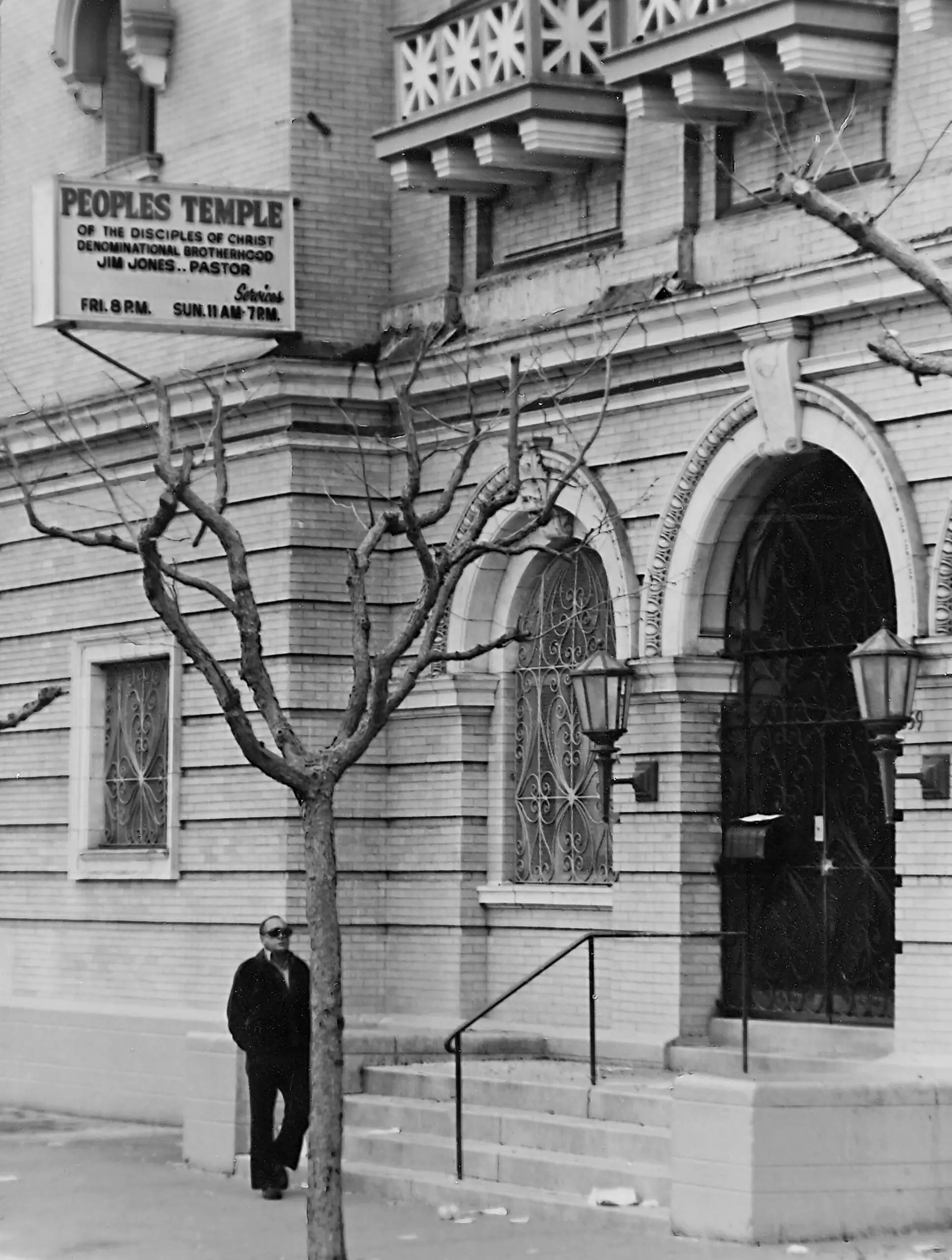
Founded by Jim Jones in the 1950s, the Peoples Temple began as a progressive religious movement advocating for racial integration and social justice. However, Jones’ increasingly authoritarian control led to the tragic mass suicide-murder of over 900 members in Jonestown, Guyana, in 1978. The Jonestown massacre remains a powerful reminder of the dangers of cultic control and blind obedience.
4. The Secretive Practices of Opus Dei
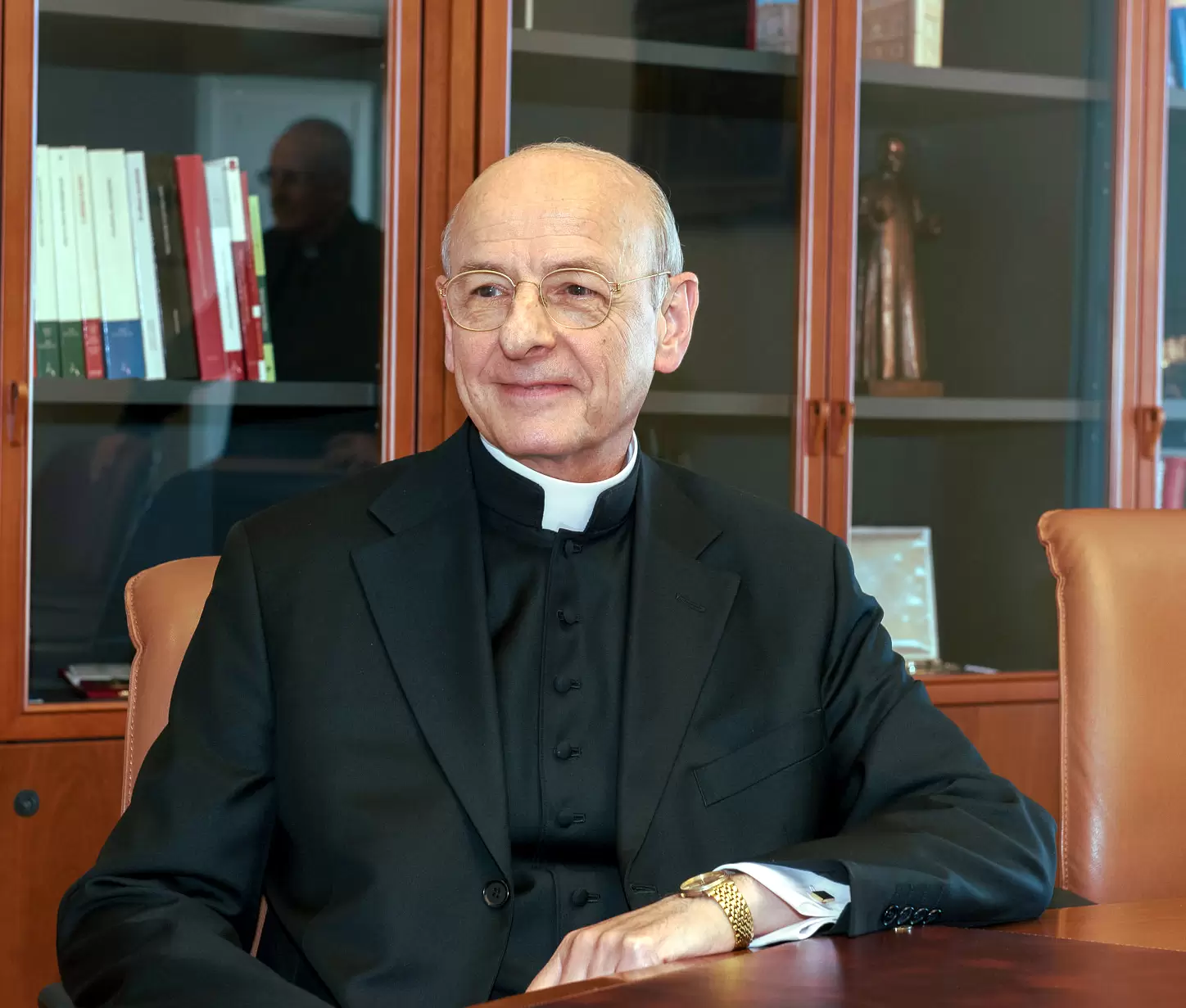
Opus Dei, a Catholic organization founded in 1928 by Spanish priest Josemaría Escrivá, has been the subject of numerous conspiracy theories and controversies. Known for its emphasis on personal holiness and devotion to daily work, Opus Dei has been criticized for its secretive practices, including self-mortification. Despite its controversial reputation, Opus Dei maintains a significant influence within the Catholic Church.
5. The Apocalyptic Beliefs of the Branch Davidians

Led by David Koresh, the Branch Davidians were an offshoot of the Seventh-day Adventist Church. Koresh claimed to be the final prophet and taught his followers that they were living in the end times. The group’s 1993 standoff with federal agents in Waco, Texas, resulted in a tragic fire that killed 76 people, highlighting the extreme consequences of apocalyptic cult beliefs.
6. The Influence of the Moonies
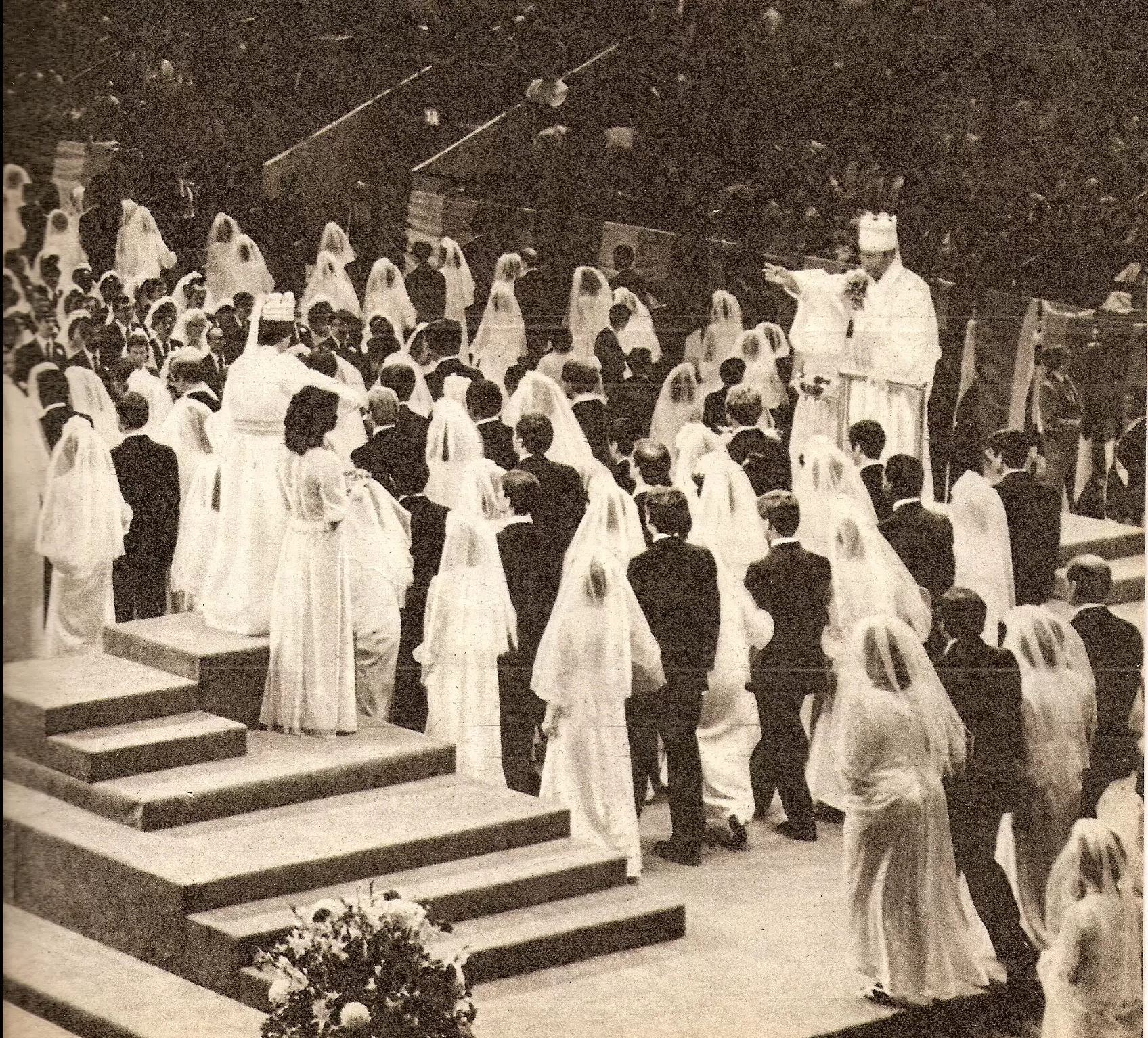
The Unification Church, founded by Sun Myung Moon in 1954, is known for its mass weddings and ambitious political and business endeavors. Moon claimed to be the Messiah and sought to unify Christianity under his leadership. The church’s complex theology, secretive practices, and Moon’s charismatic authority have made it a subject of fascination and controversy.
7. The Radicalism of Aum Shinrikyo

Aum Shinrikyo, founded by Shoko Asahara in 1984, combined elements of Buddhism, Hinduism, and apocalyptic prophecy. The group’s radical beliefs led to the 1995 sarin gas attack on the Tokyo subway, which killed 13 people and injured thousands. Aum Shinrikyo’s transition from a fringe religious group to a terrorist organization demonstrates the potential for extreme beliefs to result in violence.
8. The New Age Mysticism of the Rajneesh Movement

Founded by Indian guru Bhagwan Shree Rajneesh (later known as Osho), the Rajneesh movement gained prominence in the 1970s and 1980s. The group’s teachings combined Eastern spirituality with Western countercultural ideals, attracting a global following. The movement’s establishment of a controversial commune in Oregon and involvement in criminal activities led to significant media attention and legal battles.
9. The Esoteric Teachings of the Order of the Solar Temple
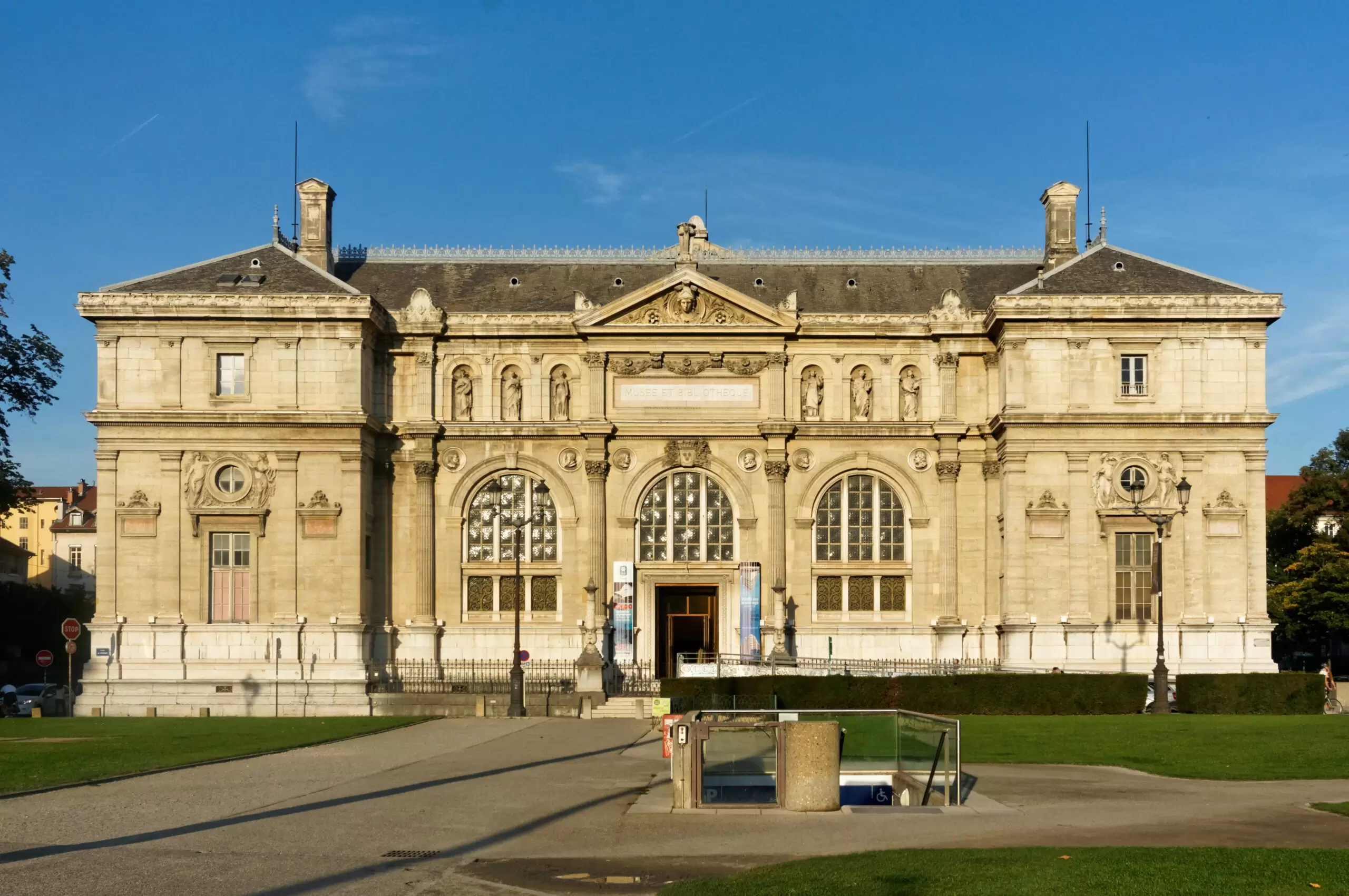
The Order of the Solar Temple, founded by Joseph Di Mambro and Luc Jouret in the 1980s, combined elements of Christianity, New Age spirituality, and secret society rituals. The group’s belief in an impending apocalypse led to the mass murder-suicide of 74 members in Switzerland and Canada in the 1990s. The Order of the Solar Temple’s secretive practices and tragic end highlight the dangers of esoteric cults.
10. The Survivalist Ideology of the Church of the Lamb of God
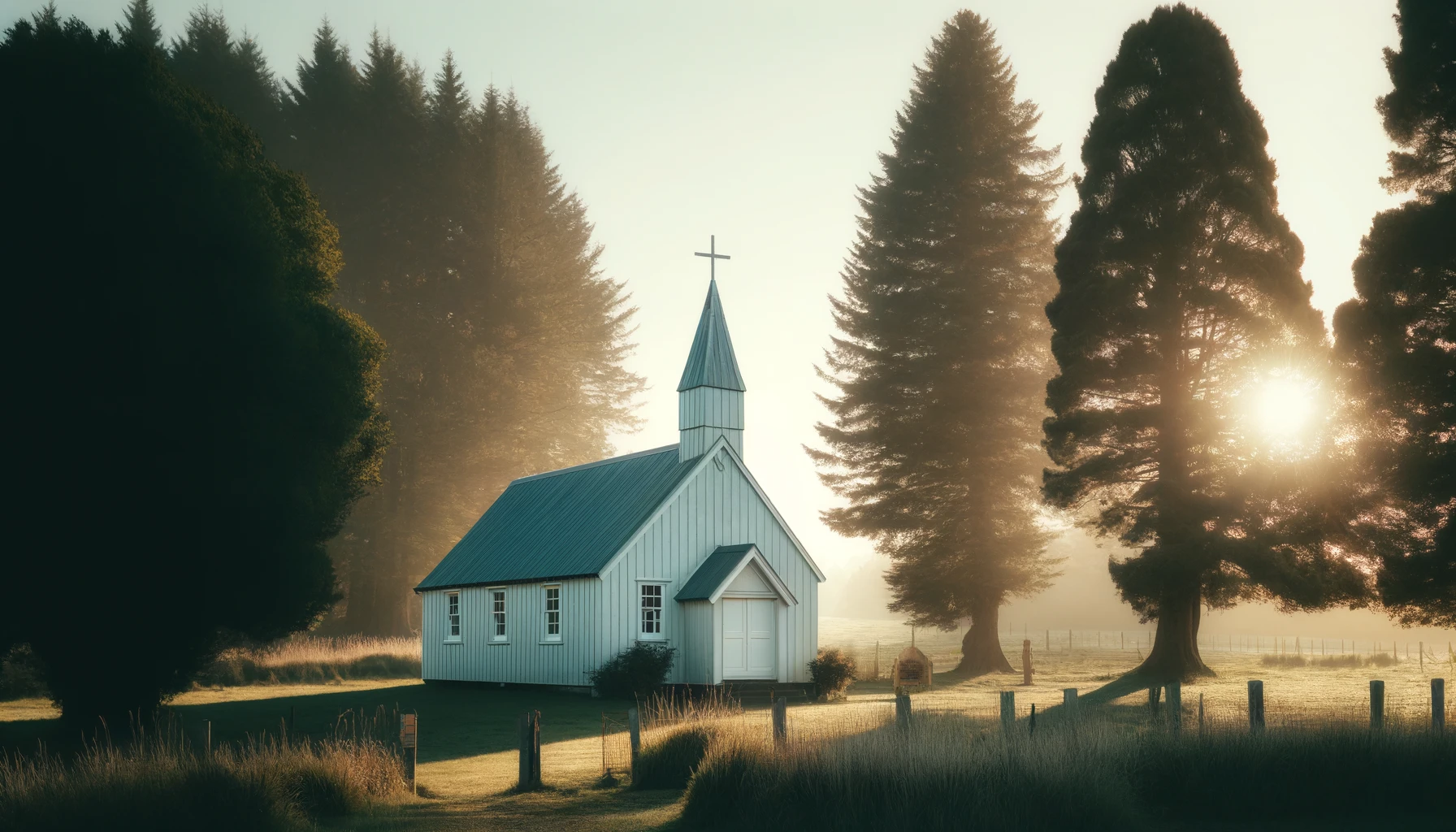
Founded by Ervil LeBaron in the 1970s, the Church of the Lamb of God was an offshoot of the Mormon fundamentalist movement. LeBaron claimed to be a prophet and advocated for polygamy and violent retribution against perceived enemies. The group’s criminal activities, including multiple murders ordered by LeBaron, illustrate the destructive potential of cults with violent ideologies.
The World of Mysterious Cults
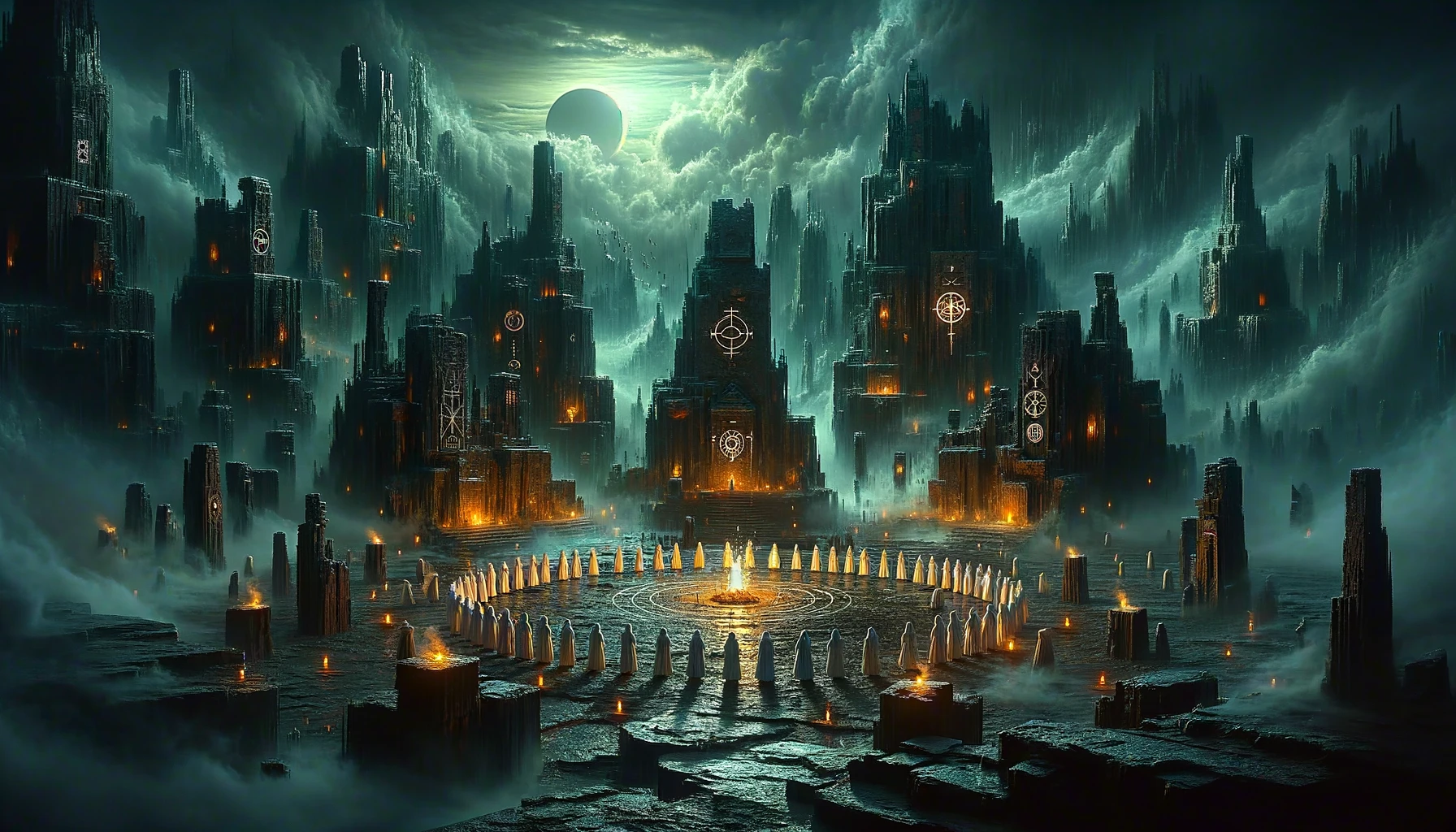
In conclusion, the world of mysterious cults is complex and multifaceted, with each group offering unique insights into human behavior, belief systems, and societal impacts. Understanding these cults’ origins, doctrines, and practices can provide valuable lessons about the power of charisma, the dangers of extremism, and the importance of critical thinking in the face of alluring ideologies.
Read More:
- Hidden Hazards: 10 Iconic Travel Destinations With Dark Secrets and Dangers Lurking Below the Surface
- Here’s Why You Should Think Twice Before Dating a Co-Worker

Drew Blankenship is a seasoned automotive professional with over 20 years of hands-on experience as a Porsche technician. While Drew mostly writes about automotives, he also channels his knowledge into writing about money, technology and relationships. Based in North Carolina, Drew still fuels his passion for motorsport by following Formula 1 and spending weekends under the hood when he can. He lives with his wife and two children, who occasionally remind him to take a break from rebuilding engines.






